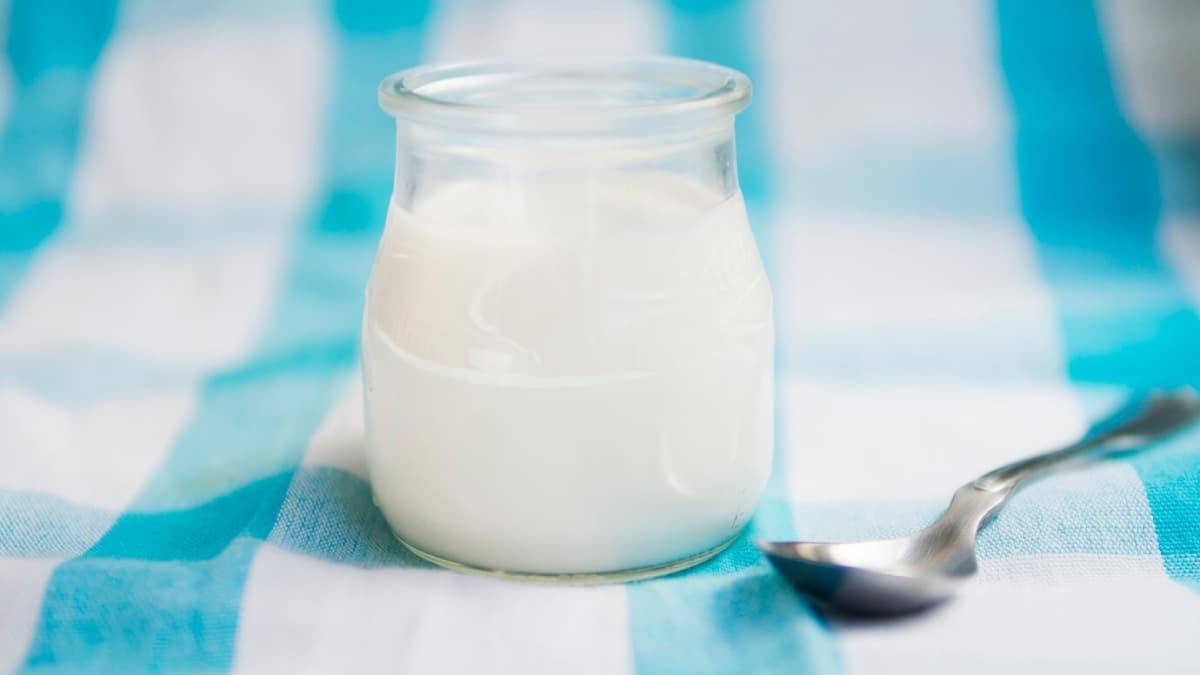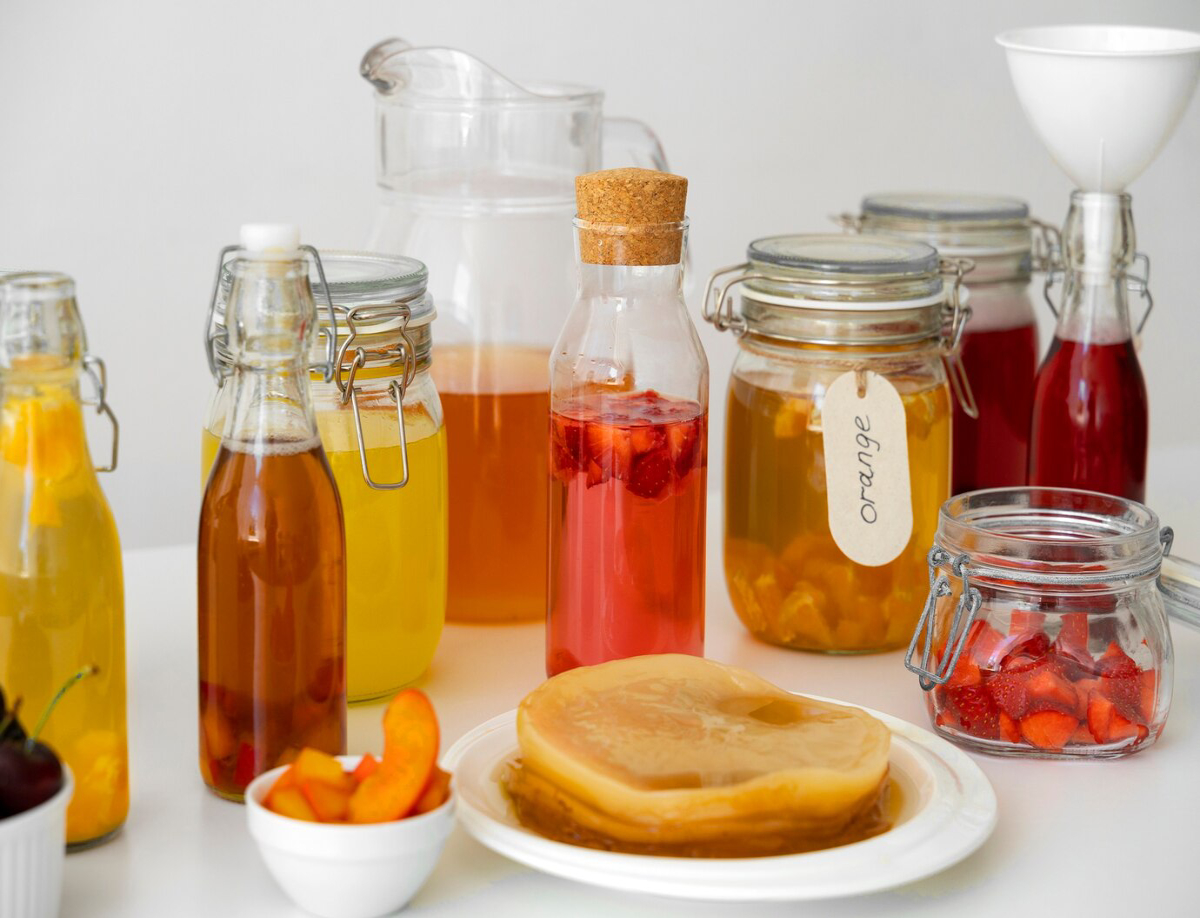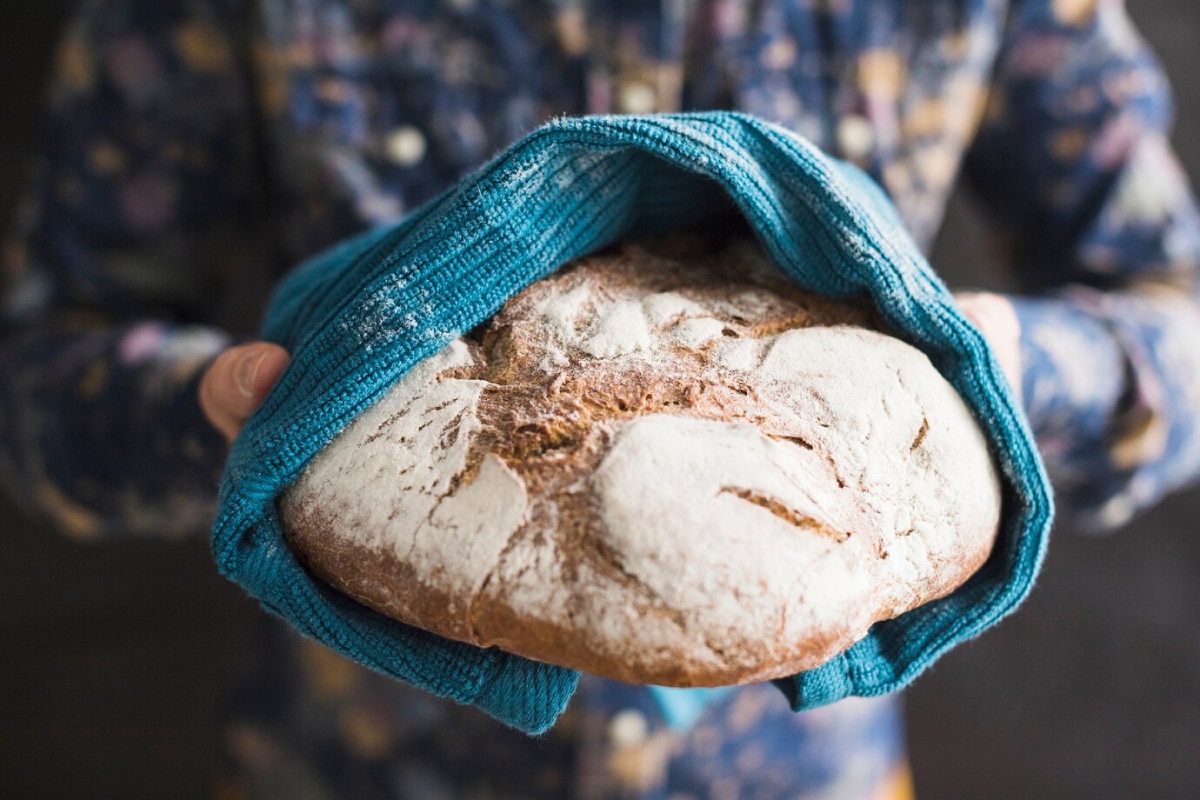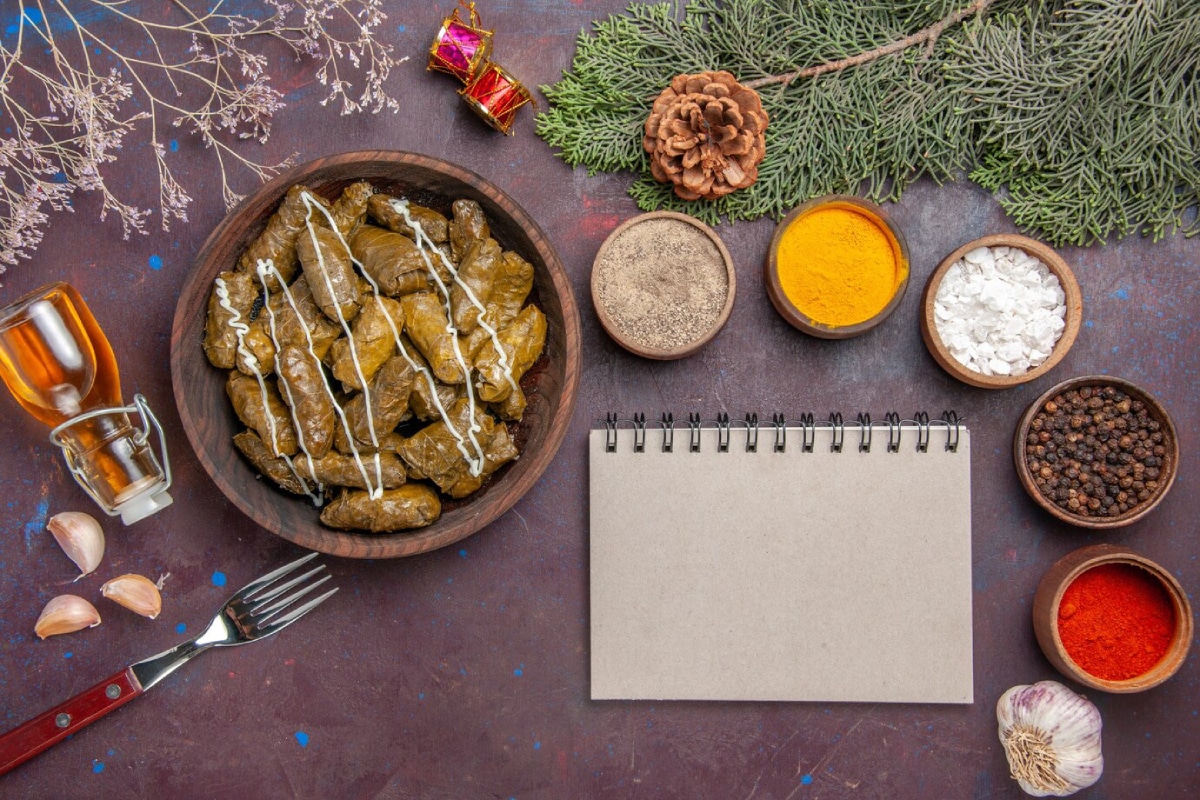
Exploring Traditional Fermented Delicacies of the Middle East
The sun-drenched lands of the Middle East are known for their lavish hospitality, vibrant spices, and deeply rooted culinary traditions. But beyond shawarma, hummus, and baklava lies a fascinating world of Middle Eastern fermentation—a craft that has preserved and enriched foods for centuries in these arid landscapes.
From labneh strained to probiotic perfection to bright magenta pickled turnips lining the tables of every falafel shop, fermentation is an unsung hero of the region’s culinary legacy. It doesn’t just extend shelf life—it elevates flavour, boosts gut health, and tells a story of climate-savvy ingenuity.
In this article, we’ll take a deep dive into iconic fermented foods of the Middle East, spotlighting their history, health benefits, and practical ways to make them at home. Whether you’re exploring your heritage, experimenting with probiotics, or simply love a bold burst of flavour, this guide is for you.
Fermentation in the Middle Eastern Climate
Why Ferment in the Desert?
Middle Eastern geography spans deserts, highlands, and fertile crescent river valleys. Without refrigeration, ancient civilisations turned to fermentation and drying to preserve food. Today, these age-old practices continue to thrive for their health benefits and rich, complex flavours.
Everyday Ferments You Might Recognise:
- Labneh (strained yoghurt)
- Torshi (pickled vegetables)
- Kishk (fermented yoghurt and bulgur)
- Laban (fermented milk drink)
- Achar (spiced pickles)
Tip: Fermentation was one of the earliest survival tools in hot climates—turning perishable dairy and vegetables into long-lasting, nutrient-rich staples.
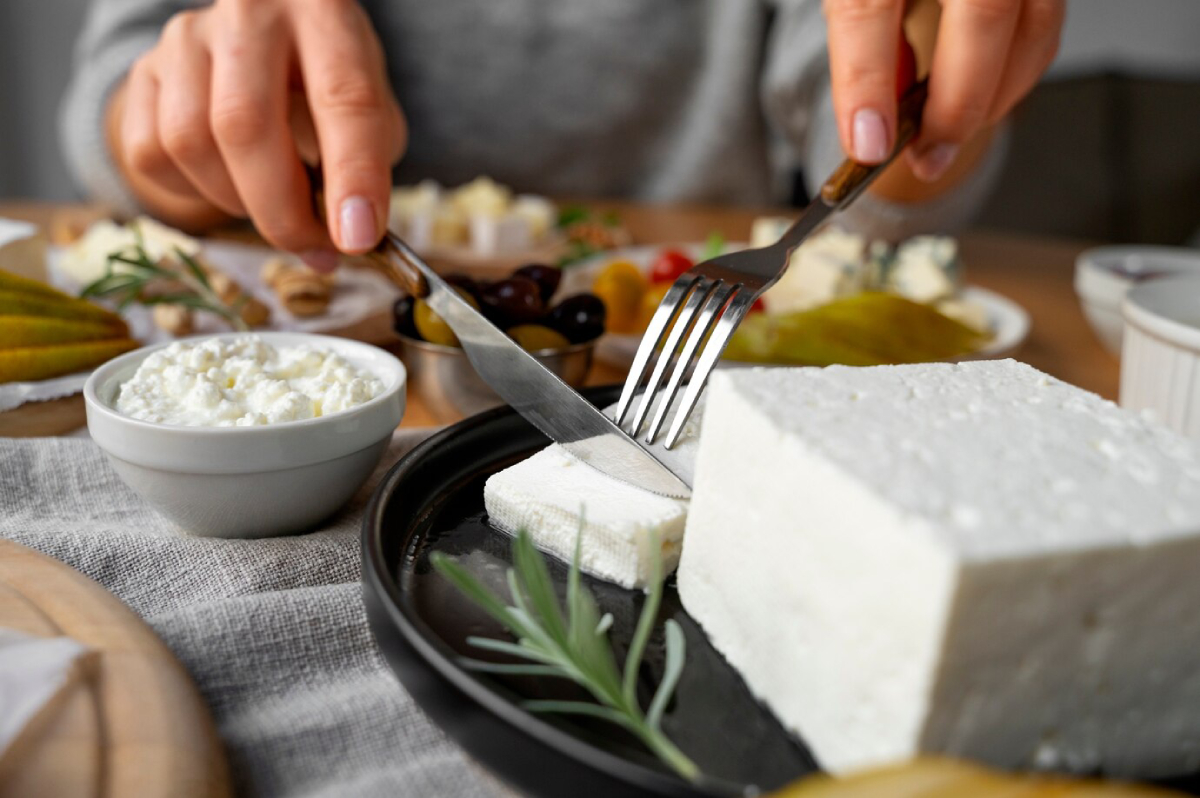
Labneh: The Queen of Middle Eastern Probiotics
What Is Labneh?
Labneh is a creamy, tangy strained yoghurt cheese that’s been part of Levantine cuisine for centuries. Made by draining whey from plain yoghurt, it becomes thick, spreadable, and probiotic-rich.
Why It’s a Probiotic Powerhouse
- Contains live bacterial cultures like Lactobacillus bulgaricus and Streptococcus thermophilus
- Easier to digest than milk
- Promotes gut flora balance
How It’s Eaten:
- Rolled into balls and preserved in olive oil
- Spread on flatbreads with za’atar
- Served with cucumbers, olives, and tomatoes for breakfast
How to Make Traditional Labneh
Ingredients:
- 1 litre plain full-fat yoghurt (without thickeners)
- ½ tsp salt
- Cheesecloth or muslin
Steps:
- Mix salt into yoghurt.
- Place in cheesecloth over a bowl.
- Tie ends and hang to drain for 12–24 hours.
- Transfer to a container. Keeps in fridge for 1–2 weeks.
Optional: Roll into balls and submerge in olive oil for longer shelf life.
Curious about other probiotic-rich traditions? See The Science Behind Fermented Probiotics
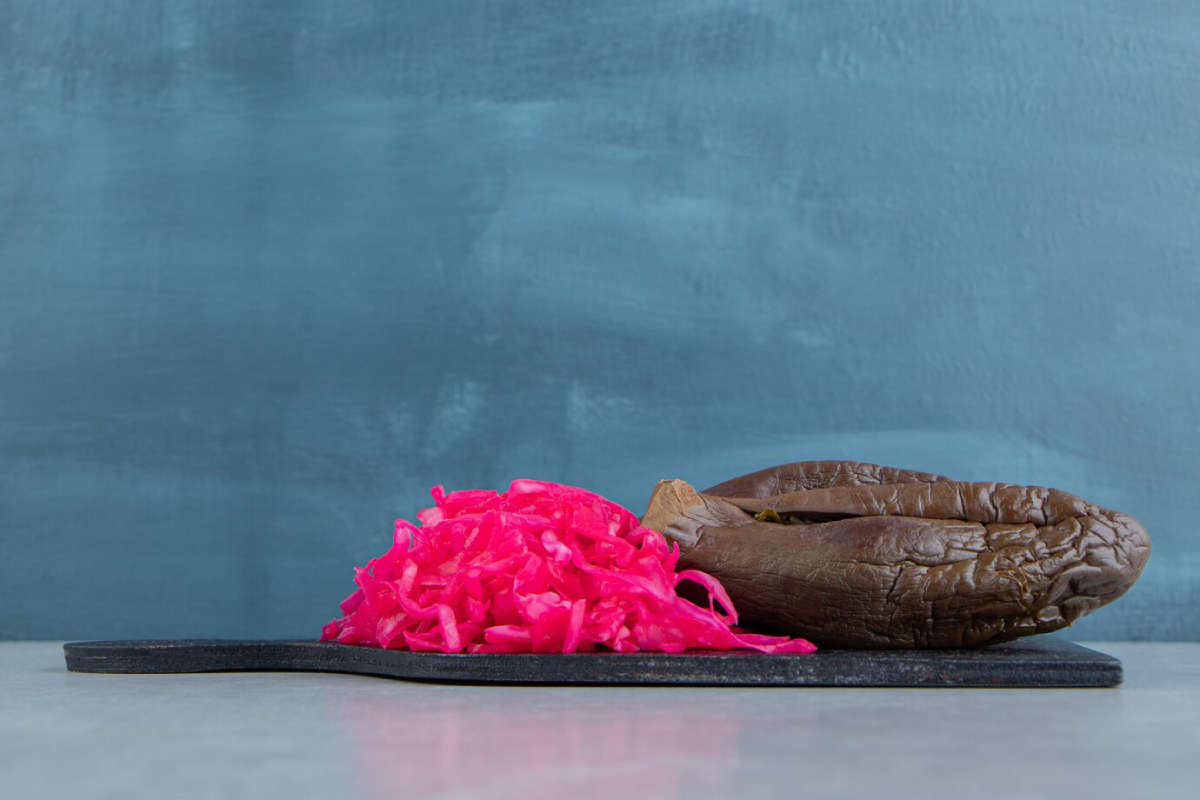
Pickled Turnips: The Pink Star of Mezze Tables
Iconic and Instantly Recognisable
Middle Eastern pickled turnips are known for their vibrant pink hue—thanks to a slice of beet tucked into the brine. Crunchy, slightly peppery, and beautifully tangy, they’re an essential side to falafel, shawarma, or grilled kebabs.
Easy Homemade Pickled Turnips Recipe
Ingredients:
- 500g turnips (peeled and sliced into batons)
- 1 small beet (peeled and sliced)
- 2 cloves garlic
- 2 tbsp sea salt
- 500ml water
Steps:
- Dissolve salt in water to create brine.
- Pack turnips, beet, and garlic into a jar.
- Pour brine over until submerged.
- Loosely cover and ferment at room temperature for 5–7 days.
- Refrigerate once desired tanginess is achieved.
They should be crisp, punchy, and beautifully fuchsia.
Torshi: The Art of Persian Pickling
Torshi is a family of Middle Eastern pickles, often involving mixed vegetables, spices, and herbs. Persian torshi, in particular, is famous for being:
- Intensely sour (often with vinegar, but traditionally lacto-fermented)
- Aromatic with fenugreek, turmeric, cumin, or mint
- Aged for weeks or even months for deep complexity
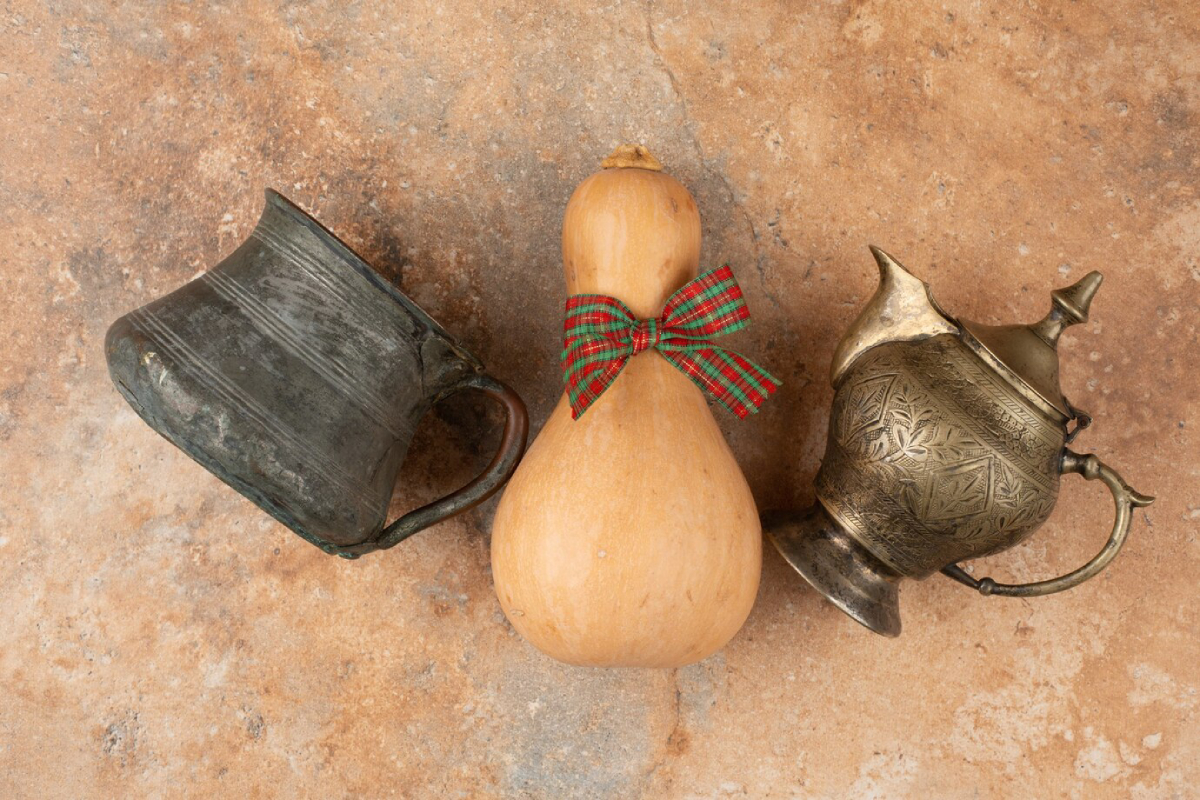
Kishk: A Forgotten Treasure of Syrian Fermentation
What Is Kishk?
Kishk (also spelled keshek or kashk) is a fermented mix of yoghurt and bulgur wheat, dried into powder or balls. It’s one of the most ancient ways to preserve dairy and grains.
How It’s Used:
- Rehydrated into soup
- Used as a sauce base
- Sprinkled dry on salads for umami flavour
Nutritional Highlights:
- High in protein and probiotics
- Long shelf life without refrigeration
- Easily digestible
Laban: The Cooling Fermented Milk Drink
What Is Laban?
Laban is a slightly sour, lightly salted yoghurt drink enjoyed throughout the Levant and the Gulf region. It’s similar to ayran in Turkey or doogh in Iran.
Health Benefits:
- Rehydrates and cools the body
- Supports digestion (especially with meat-heavy meals)
- Loaded with probiotic cultures
Serving Suggestion: Chilled in tall glasses, often with fresh mint or cucumber slices.
Seasonal and Spiritual Connections
Fermentation in the Middle East is often tied to:
- Seasons: Dairy ferments in spring, pickles in summer, drying in autumn.
- Celebrations: Labneh is a Ramadan staple; pickles are on every Eid table.
- Rituals: Recipes passed down verbally, often with poetic names and symbolic ingredients.
Tools & Techniques Passed Through Generations
Traditional Methods:
- Clay crocks and amphorae (jarrehs or matka)
- Salt rubbed in by hand
- Herbs tied in cheesecloth pouches
- Weighing jars down with clean stones or plates
Modern Equivalents:
- Mason jars
- Fermentation weights and airlock lids
- Cheesecloth and strainers
Tip: Don’t fear fermentation. Middle Eastern grandmothers did it by feel, not thermometer!
Tips for Fermenting Middle Eastern Staples at Home
- Choose full-fat, plain yoghurt for labneh and laban.
- Always use non-iodised salt for vegetable ferments.
- Let vegetables ferment away from direct sunlight.
- Label your jars with the date and ingredients.
- Taste early and often—flavour develops fast in warm weather.
Taste the Past, Nourish the Future
Middle Eastern fermentation is a treasure trove of health, history, and heart. These foods are not just preserved—they’re perfected over time, delivering flavour, function, and soul in every bite.
Whether you’re spreading creamy labneh, sipping on chilled laban, or crunching into a zesty pickled turnip, you’re participating in an ancient, life-affirming ritual.
So go ahead—start straining, brining, and fermenting. The foods may be old, but the joy of discovering them is fresh every time.
If this post inspired you to try a new recipe or reconnect with your roots, share your story in the comments or tag us with your pink jars and probiotic platters.
For similar veg-forward recipes, visit Fermenting Vegetables Without a Starter
